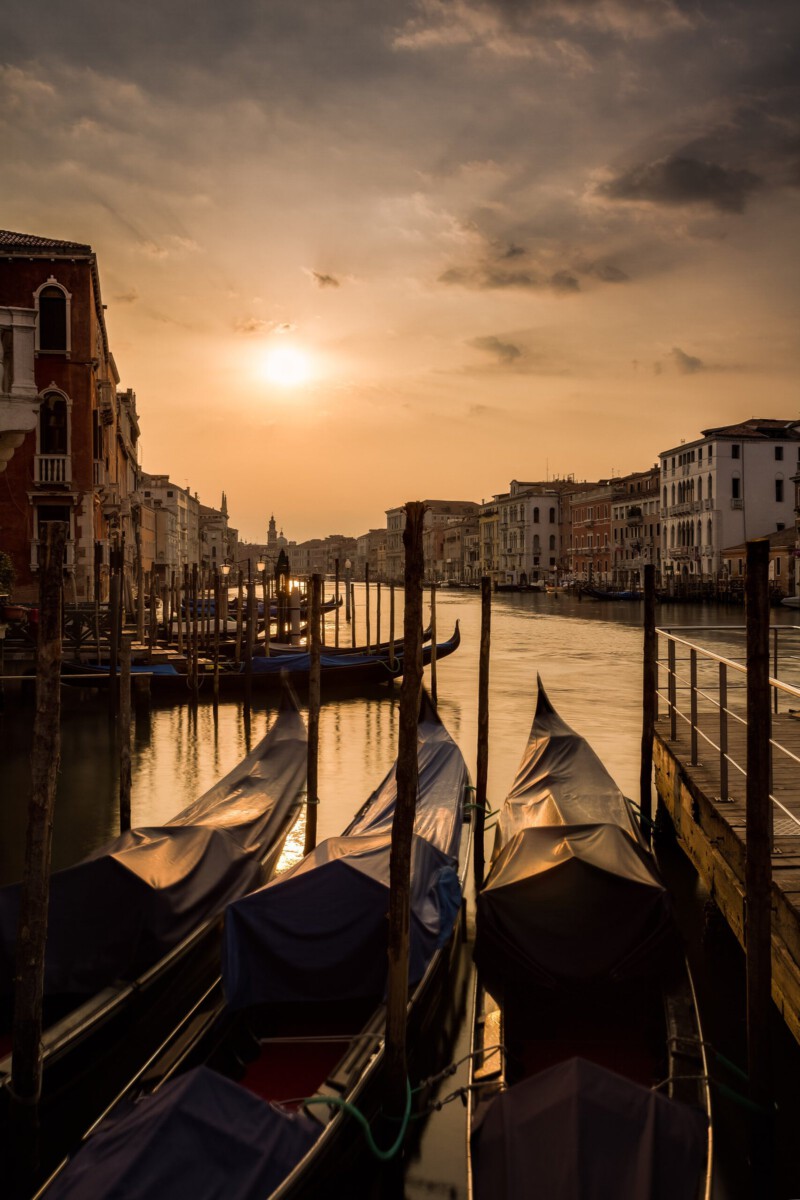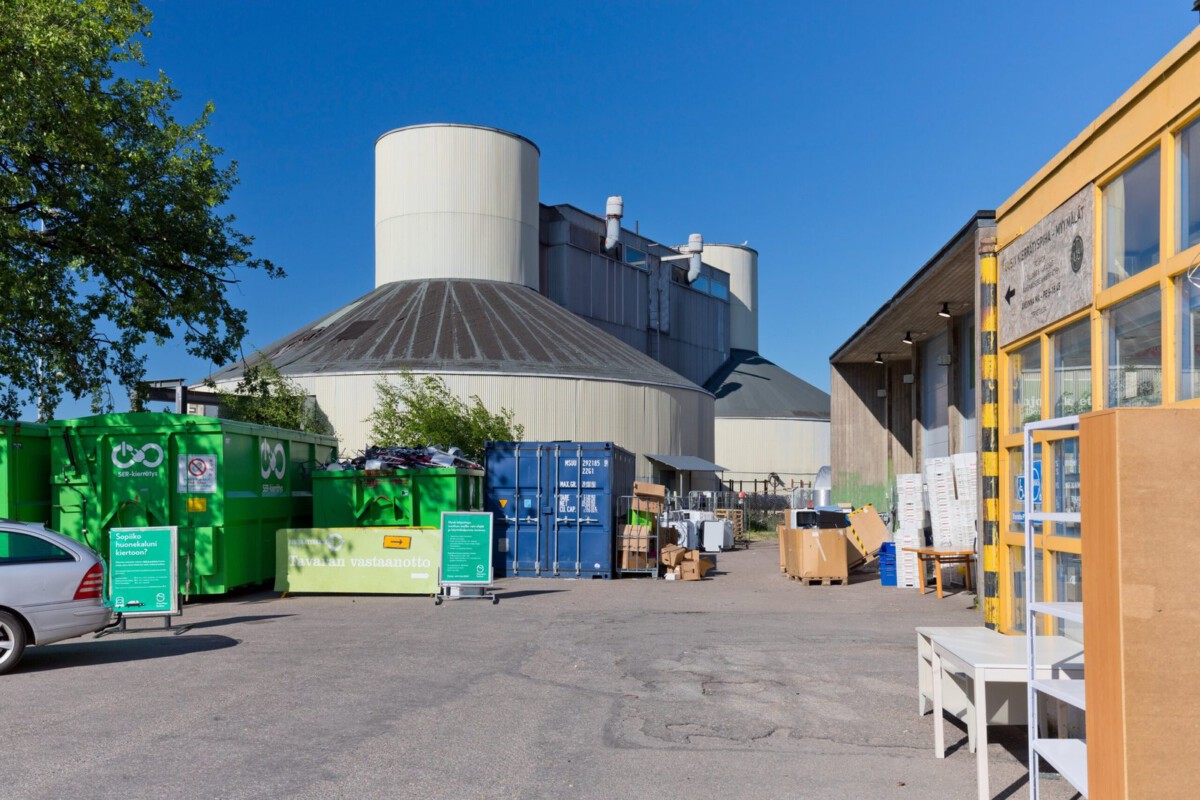The Allure of the Unconventional

Travelers today are finding themselves pulled toward destinations that would have been unthinkable just a decade ago. The fascination with former war zones stems from a desire to break away from the ordinary, to witness places where history was made in the harshest ways. These destinations offer raw, unfiltered stories that mainstream tourist spots simply cannot provide. For many, there’s a unique thrill to standing in a place that once dominated global headlines for all the wrong reasons. The Adventure Travel Trade Association found that 70% of travelers are curious about visiting countries with a turbulent history. This suggests that people are seeking more than just relaxation—they want depth and perspective. Former conflict areas invite travelers to see the resilience of people and places firsthand. The emotional impact of walking through such sites can be both humbling and inspiring, making the experience unforgettable.
Safety Improvements and Infrastructure Development

Safety is a top concern for anyone considering travel to a former war zone, but many of these places have invested heavily in rebuilding and securing their environments. Countries like Bosnia and Herzegovina, Rwanda, and Vietnam have seen international arrivals climb as their infrastructure improved. Vietnam, for example, recorded a 20% jump in foreign tourists in 2022, thanks to safer cities and better transport systems. International organizations and NGOs have played a crucial role in stabilizing these regions, often partnering with local governments to ensure visitor safety. The installation of new airports, roads, and public services has made once-dangerous landscapes surprisingly accessible. This transformation reassures travelers, encouraging them to venture where they never thought possible. Better infrastructure also means that emergencies can be handled swiftly, further increasing visitor confidence. As a result, these destinations are shaking off old reputations and welcoming a new wave of curious visitors.
Cultural and Historical Significance

The lure of deep cultural and historical meaning is a powerful magnet for travelers. Places scarred by conflict, like the Berlin Wall or Cambodia’s Killing Fields, are now pilgrimage sites for those wanting to understand the past. These locations tell stories of pain, survival, and, ultimately, hope—stories that many travelers want to witness and honor. UNESCO has noted a steady rise in heritage tourism, as people seek a connection to history that goes beyond books and documentaries. Guided tours led by locals provide rich context, sharing personal experiences and hard truths with visitors. This kind of travel not only educates but also fosters empathy, as tourists come face-to-face with the realities of war. The preservation of these sites matters greatly, helping ensure that lessons from the past aren’t forgotten. By visiting, travelers become part of a larger conversation about remembrance and reconciliation.
The Role of Social Media

Social media has turned crisis destinations into the latest travel trend, with images and stories spreading rapidly online. Platforms like Instagram and TikTok are filled with captivating posts from travelers walking Sarajevo’s streets or exploring Beirut’s colorful neighborhoods. The hashtag #CrisisTravel has surged in popularity, attracting thrill-seekers and history buffs alike. These posts often highlight the beauty and resilience found in places often misunderstood by outsiders. Influencers and bloggers share honest accounts of their experiences, showing both the challenges and rewards of visiting such destinations. This transparency sparks curiosity and encourages others to consider similar journeys. Social media also creates a sense of community among travelers, who share tips and support each other’s adventures. The result is a growing network of people inspired to explore the world’s former war zones.
Economic Incentives for Local Communities

Tourism dollars can be a lifeline for communities recovering from conflict, fueling local businesses and creating jobs. In Kosovo, for example, the government has prioritized cultural tourism, resulting in increased visitor numbers and new economic opportunities. The World Bank reports that tourism can contribute up to 10% of a country’s GDP in regions emerging from war. As travelers spend money on accommodation, food, and activities, the benefits ripple through the community. This financial boost often leads to further investment in infrastructure and public services, making life better for residents. Many travelers are aware of their impact and choose to support local enterprises rather than international chains. Responsible tourism practices are becoming the norm, with visitors seeking ways to give back. The connection between tourism and community well-being is now clearer than ever.
Adventure and Thrill-Seeking

For some, the idea of traveling to a former war zone is synonymous with adventure. The unknown, the challenge, and the potential danger are all part of the appeal. Activities like hiking in Afghanistan’s Wakhan Corridor or diving off the coast of Libya offer a sense of exploration rarely found in more conventional destinations. The Adventure Travel Trade Association predicts that adventure tourism will grow by 20% annually, driven by travelers eager for new experiences. These trips demand courage and adaptability, and participants often return with powerful stories and a renewed appreciation for life. The sense of discovery is heightened in places that have seen so much change and turmoil. Many travelers liken the experience to stepping into a living history book. The draw of the unknown is simply irresistible for those craving something different.
Educational Opportunities

Travelers visiting former war zones often find themselves learning far more than they expected. Educational tours led by survivors, historians, or local guides provide context that textbooks can’t match. These immersive journeys encourage visitors to ask difficult questions and confront uncomfortable truths. According to the Institute of International Education, 85% of students who traveled to conflict-affected areas reported increased cultural sensitivity. The lessons learned on these trips linger long after the journey ends, shaping how travelers see the world. Parents and teachers are increasingly supportive of educational travel, recognizing its value in building empathy and global awareness. Museums, memorials, and interactive exhibits make the learning process engaging and personal. For many, the experience is transformative, breaking down barriers and fostering understanding.
The Rise of Volunteer Tourism

Volunteer tourism, or “voluntourism,” is gaining momentum among those who want to help while they travel. Many organizations now offer opportunities to work on community projects in countries recovering from war, from rebuilding homes to teaching children. The Global Volunteering Network reports a 30% increase in volunteer tourism over the last few years. This hands-on approach allows travelers to contribute to local recovery efforts while gaining a deeper understanding of daily life. Voluntourism appeals to those seeking purpose, combining adventure with a desire to make a difference. Participants often form lasting bonds with locals and return home with a new sense of perspective. The personal rewards can be immense, making voluntourism one of the most meaningful ways to experience a crisis destination. As more people seek out impactful travel, this trend shows no signs of slowing down.
The Impact of Conflict on Tourism Trends

The relationship between conflict and tourism is complex, with some places bouncing back quickly while others struggle for years. Sri Lanka, for example, experienced a tourism boom after its civil war ended, with arrivals increasing by over 400% in the following decade. In contrast, ongoing violence in Syria has devastated its tourism industry, resulting in huge economic losses. These patterns show that stability is crucial for attracting visitors, but recovery is possible with the right support and planning. Policymakers and tourism boards analyze these trends to create strategies that promote peace and growth. The resilience and adaptability of local communities are key factors in rebuilding their tourism sectors. Investments in safety, infrastructure, and marketing often pay off in the long run. Understanding these dynamics helps guide future development in regions emerging from conflict.
Changing Perceptions and Global Awareness

As more travelers venture into former war zones, global perceptions of these places are shifting. Stories shared by visitors highlight not just past tragedies, but also the hope and progress that define communities today. This changing narrative encourages others to see beyond stereotypes and recognize the humanity that persists in difficult circumstances. Increased tourism brings international attention, which can help promote peace and prevent future conflict. Media coverage often follows in the footsteps of travelers, providing additional visibility and support for local initiatives. These evolving perceptions inspire empathy and connection across borders. Travel becomes a tool for understanding, breaking down barriers one journey at a time. The world feels a little smaller and more compassionate as a result.
Responsible Tourism and Ethical Considerations

Traveling to former war zones comes with a responsibility to respect local people and their histories. Ethical tourism means being mindful of the stories shared and the impact of one’s presence. Travelers are encouraged to seek out local guides, support community-run businesses, and avoid sensationalizing suffering. Many organizations offer guidelines on how to visit respectfully, ensuring that tourism is a force for good. Responsible visitors ask questions, listen, and strive to learn rather than judge. The focus is on mutual understanding and support, not exploitation. This approach helps ensure that the benefits of tourism are felt by everyone, not just a select few. As interest in crisis destinations grows, so does the importance of traveling thoughtfully and compassionately.



